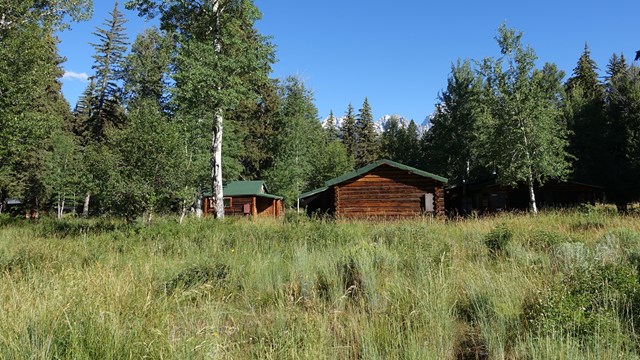In this area, stretching from the country's northern to southern border along a spine of mountains, the cultural landscapes vary widely in size. One of the smallest is the 8-acre landscape of the Old Santa Fe Trail Building National Historic Landmark. The largest landscape encompasses 586,727 acres in southern Utah as part of the Robber's Roost/Under the Ledge Ranches of Glen Canyon National Recreation Area and Canyonlands National Park. The area includes mountains, plains, and desert in national parks of Montana, Wyoming, Utah, Colorado, Arizona, New Mexico, Oklahoma, and Texas.
Vernacular and ethnographic landscapes are most common to the area, though designed landscapes and historic sites are represented as well. Major internal threats to the region's cultural landscapes include lack of funding for baseline CLIs and deferred maintenance. External renewable energy developments also threaten long-range viewsheds and the overall landscape setting and feeling of some cultural landscapes. Cultural Landscape Inventories can provide valuable information for our partners and their collaborators in planning for the siting and design of energy facilities within the viewshed of park cultural landscapes.
Vernacular and ethnographic landscapes are most common to the area, though designed landscapes and historic sites are represented as well. Major internal threats to the region's cultural landscapes include lack of funding for baseline CLIs and deferred maintenance. External renewable energy developments also threaten long-range viewsheds and the overall landscape setting and feeling of some cultural landscapes. Cultural Landscape Inventories can provide valuable information for our partners and their collaborators in planning for the siting and design of energy facilities within the viewshed of park cultural landscapes.

Featured Articles
Stories about cultural landscapes of the intermountain national parks

Cultural Landscape Profiles
An overview of a few of the landscapes in the intermountain area. More to come!
Last updated: April 6, 2021
